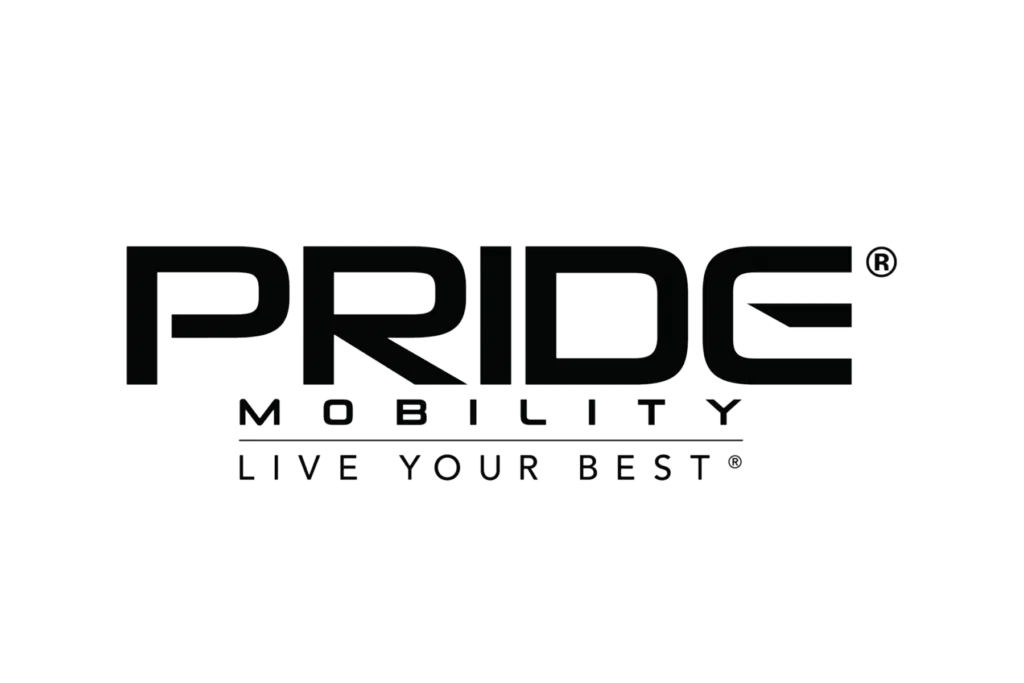

Offer ends June 30th
Offer ends June 30th
Discover our vast selection of recliner lift chairs, catering to your comfort needs.
Explore our wide range of walkers and rollators for enhanced mobility.
Experience our diverse CPAP machines and other CPAP supplies for restful, rejuvenating sleep.
Cozy seating with mobility
Mobile freedom + reliability
Revitalizing sleep therapy
Browse our power mobility scooters for enhanced mobility and independence.
Comfort-enhancing cushions for optimal support and relaxation.
Essential bathroom safety equipment for a worry-free bathroom.










Buy + Install
YOUR NEW STAIRLIFT
Call and talk with an expert
Call and talk with an expert

The largest showrooms in the state and 4 retail locations make us the go-to destination for all home medical equipment needs.
Sign up for exclusive updates and promotions.
Denver
4875 E Evans Ave, Ste 101, Denver, CO 80222
Parker
9845 S. Parker Rd. Parker, CO 80134
Littleton
8086 W. Bowles Ave, Littleton, CO 80123
Louisville
1140 E. South Boulder Rd. Louisville, CO 80027

Sign up to receive updates about our current promotions and sales happening now!
By clicking “SIGN UP” you authorize this business to send emails with offers & other information, possibly using automated technology, to the email you provided. Consent is not a condition of purchase. You may unsubscribe at any time.